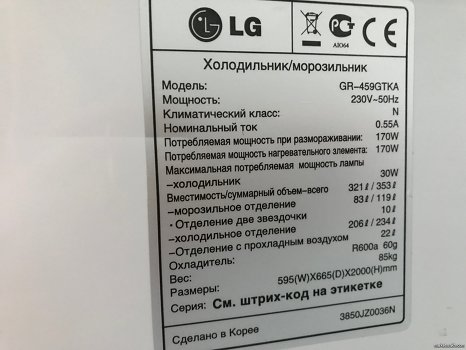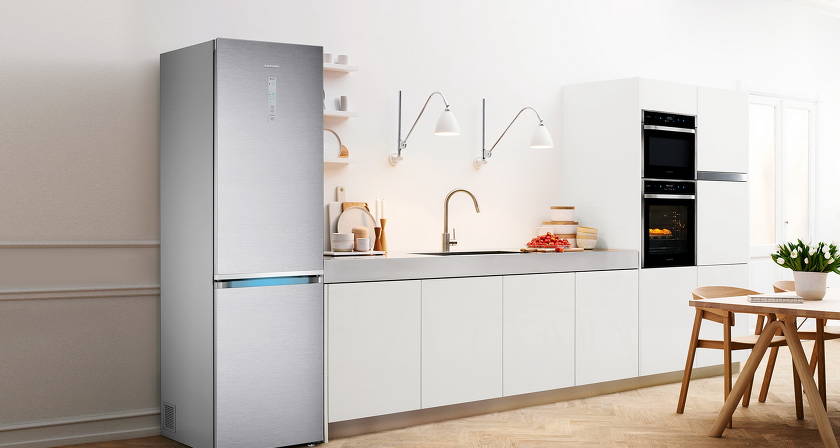As a result, devices, regardless of the quality of assembly and parts, fail prematurely or simply can not cope with maintaining food reserves at the proper level. Accordingly, if you plan to purchase a refrigerator for uptime, be sure to consider this option.
Types of climate classes
The climate class is a characteristic that indicates the temperature conditions under which the manufacturer recommends operating the product. Currently, in the domestic market, the most popular are freezers and refrigerators supporting the following classes:
- N (norms) - indicates that it is recommended to use it in places with a temperature of +16 to +32 degrees;
- SN - a subnormal class oriented to operation in our climate. Such devices are installed in places with a temperature of +10 to +32 degrees;
- ST - Such refrigerators are oriented to work in a subtropical climate. They cope with the tasks set by developers without problems at a temperature in the house from +18 to +38 degrees;
- T - for dry climates, capable of operating at temperatures from +18 to +43 degrees.
Often there are inventions that correspond immediately to two classes. For example, SN-ST. This means that the equipment can be used in rooms from +10 to +38 degrees. As a rule, universal products are offered by leading manufacturers. You can familiarize yourself with our rated refrigerators this year, which we have compiled for your convenience.
Where can I see the class of the refrigerator?

It should be said right away that the designations of the parameter are the same, both for refrigerators and freezers, regardless of manufacturer, model, production date. Information is on a sticker, which is usually located inside the climate equipment. Next to the class information is the name of the serial number, energy efficiency and refrigerant data.
Please note that in the territory of the Russian Federation, refrigerators sold must necessarily comply with certain technical regulations. For example, GOST 15150-69 indicates the possibility of operation in various climatic conditions. Compliance with this technical requirement on domestic models is indicated by UHL symbols (SN + N).
Which class is better to choose?
Of course, it is better to choose an SN + T climatic class refrigerator, as it has an extended service life and wear resistance. It is no secret that the device and the characteristics of a particular model also depend on this parameter. For example, universal models for elevated temperatures have an additional layer of insulation.
At the same time, experts recommend relying not only on this parameter, but also design features. In particular, at too high a room temperature, two-chamber refrigerators are much more efficient.
Thus, choosing a “store for products”, pay attention to the description of the goods. Durability, efficiency and ease of use directly depend on the climate class.





